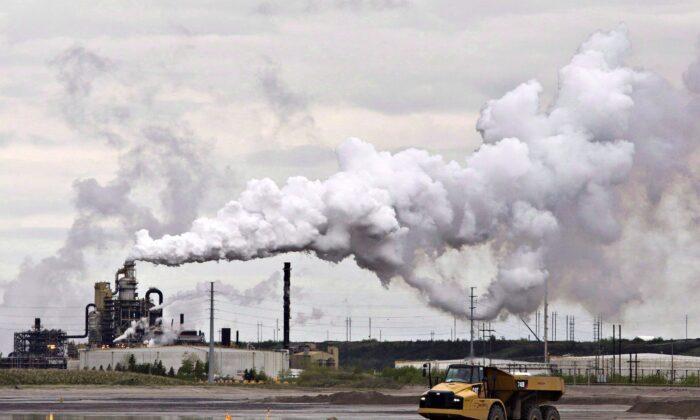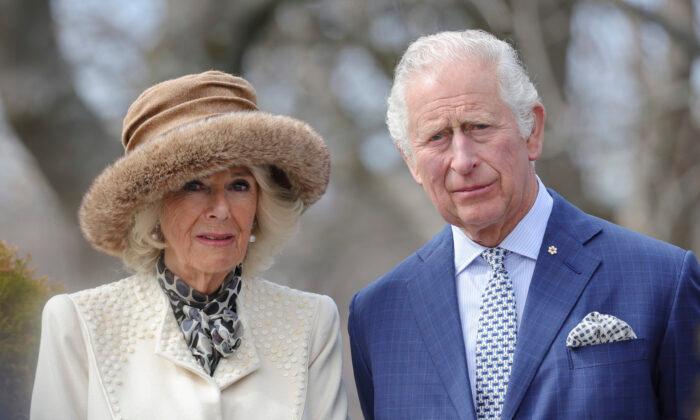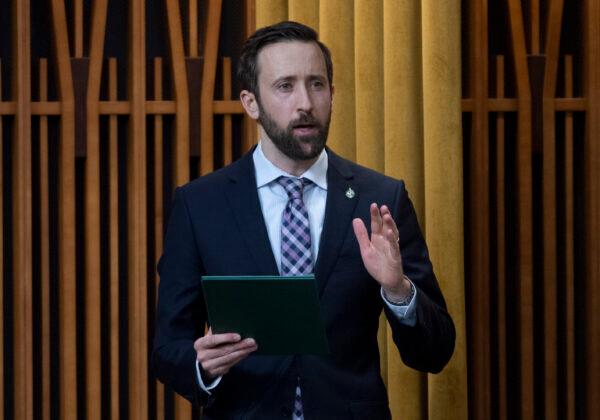The report, by the Fraser Institute, looked at 31 high-income OECD countries, where each country has implemented either a carbon tax, an emissions trading system (ETS), or a combination of both pricing mechanisms.
Report authors Elmira Aliakbari, who is the FI’s associate director of national resource studies, and FI policy analyst Jairo Yunis argue that the problem with the carbon pricing schemes implemented by these countries is that they fail to provide certain conditions that must be met in order to deliver cost-effective emissions reductions. These include deregulation and tax reductions.
“Carbon pricing should be recycled back into the economy in the form of tax reductions to mitigate the gross efficiency costs of introducing a carbon tax or an ETS into an already-distorted taxation environment. Also, carbon pricing revenue should not be used to subsidize specific energy sources as it would defeat the purpose of providing flexibility to individuals and firms,” the report says.
“Second, the introduction of carbon pricing tools must be accompanied by the repeal of non-pricing emission control regulations such as emissions caps, mandated fuel standards, technology-based standards, subsidies to electric vehicles, and renewable power mandates. Layering regulations on top of emission-related taxes will have distortionary effects causing disproportionate damage to the economy.”
Moreover, the report notes that most of these OECD countries are using carbon taxes as a “revenue-raising tool.”
“Our analysis finds that, on average, 74 percent of carbon tax revenues in high-income OECD countries go directly into their general budget with no earmarking for any specific expenditure, while 12 percent are ring-fenced for environmental spending, and only 14 percent for revenue-recycling measures,” it says.
In an interview with The Epoch Times, Aliakbari said carbon pricing policies need to be designed better and follow the conditions outlined in the report.
“Existing carbon-pricing schemes across most high-income countries need a rethink, as they all fail to approximate anything close to a well-designed policy. Poorly designed carbon taxes do not deliver on the promise of cost-effective emissions reduction,” she said.
Ross McKitrick, a professor of economics at the University of Guelph, agrees with Aliakbari about those conditions of revenue neutrality and deregulation, noting that the lack of deregulation appears to be the most pressing problem with the carbon tax.
“Achieving revenue neutrality is actually the easier part—even though it’s rarely done,” he said.
“Leaving climate regulations in place while introducing carbon taxes just makes no sense from an economics perspective, and proves that governments are simply after the tax revenue; they aren’t interested in good policy design,” McKitrick said.
“The other challenge with revenue neutrality is that once the carbon tax gets high enough to really force emissions down, it also shrinks the rest of the tax base so much that revenue goes down, not up. Revenue neutrality then requires other taxes to be raised instead of lowered.”
Under the Paris climate accord, Canada has committed to reducing its greenhouse gas emissions by 30 percent below 2005 levels by 2030. The Liberal government’s carbon tax is set to rise to $50 per tonne in 2022, with no word yet as to whether it will rise after that.






Friends Read Free